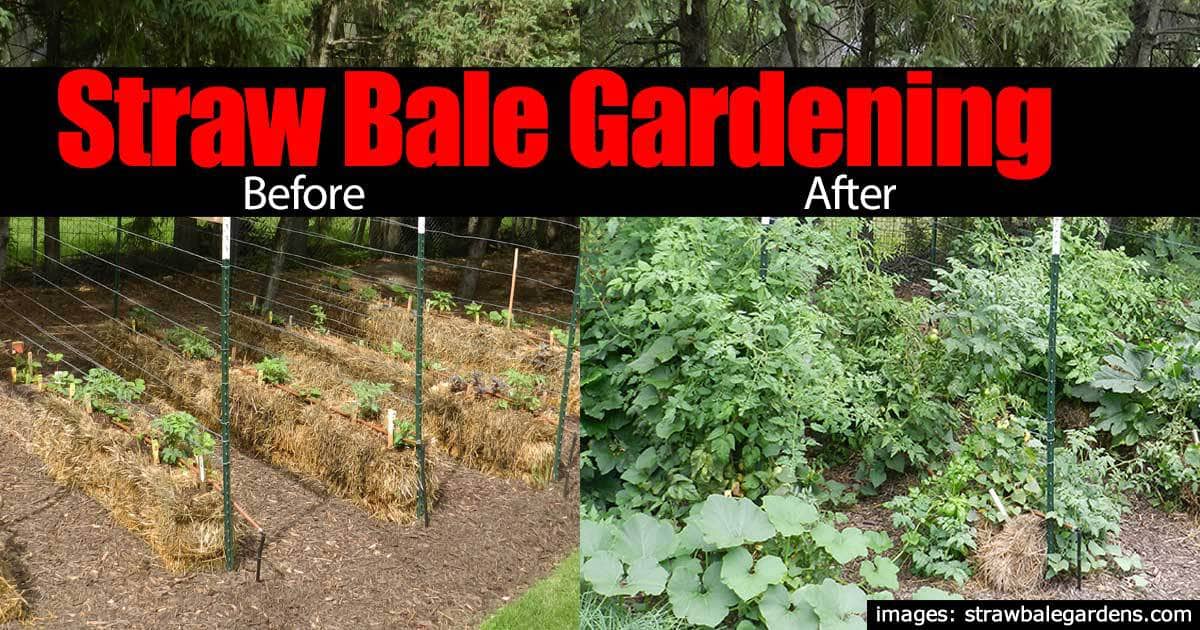Drop That Sound
Well-known member

I was gonna plant just some tomatoes and peppers in a few straw bales this season..
Of course I got to thinking about it, and wonder if I should pick up a few extra bales?
Would be awesome to see pics if someone has!


